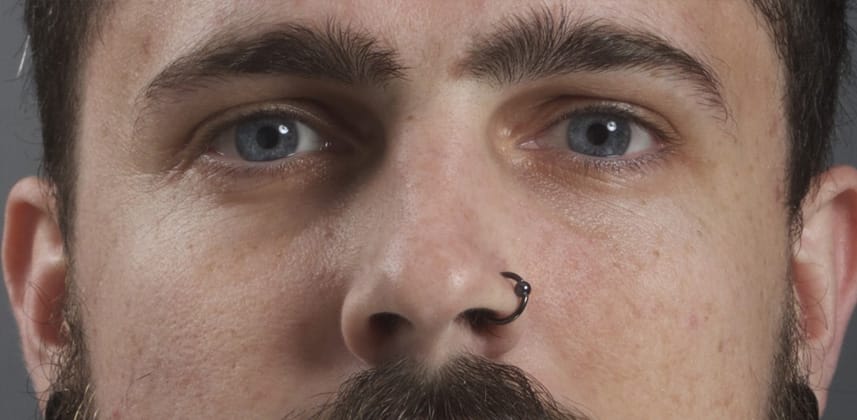Are you taking as much care with your eyes as your gear?
Recently we had a brilliant discussion here on Mixing Light about new monitoring technologies like Dolby Vision (don’t worry that discussion will be released as a MailBag episode soon.)
Sure technologies like Dolby Vision deliver great new highlight rendering and peak luminance that’s insane!
But how can you work with monitors that are putting out that much light?
What are the near term and long term consequences for colorists how have to work in HDR?
What protections can be taken by colorists to protect their eyes?
It’s quite possible Dolby and other manufactures take on HDR may be the future of video for us all, but it got us (and me in particular) thinking about our eyes and how they’l be impacted by HDR and future monitor technologies.
As a group we already face health issues – like sitting too long, vitamin D deficiencies and so on. It seems to me there is not enough talk about eye health.
First off, if you haven’t heard of or seen Dolby Vision in action please do check out the video below, it’s insanely good!
Dolby Vision from Dolby Laboratories on Vimeo.
This extra bright display technology is amazing but just think of how much strain it could put on your eyes if you sit in a dark room grading for 8-10 hours a day like I do.
This lead me to the question; how much do I take care of my eyes?
Our eyes are our money maker, so shouldn’t we really be taking better care of them?
This leads me to a new series of Insights here on Mixing Light about eye health.
Let’s dive in to Part One.
Member Content
Sorry... the rest of this content is for members only. You'll need to login or Join Now to continue (we hope you do!).
Need more information about our memberships? Click to learn more.
Membership optionsMember Login


